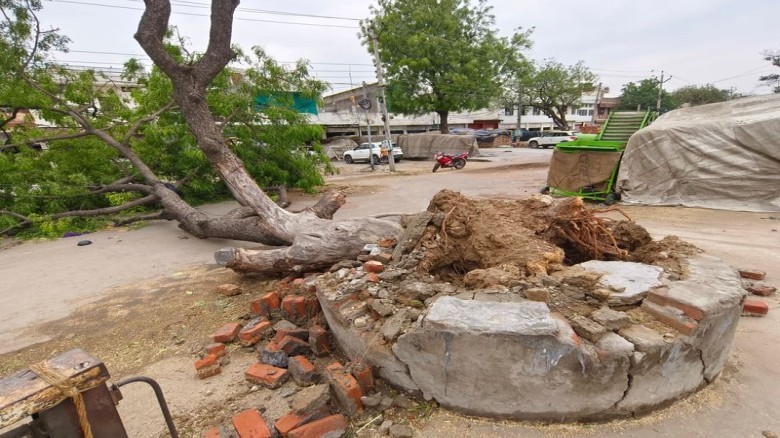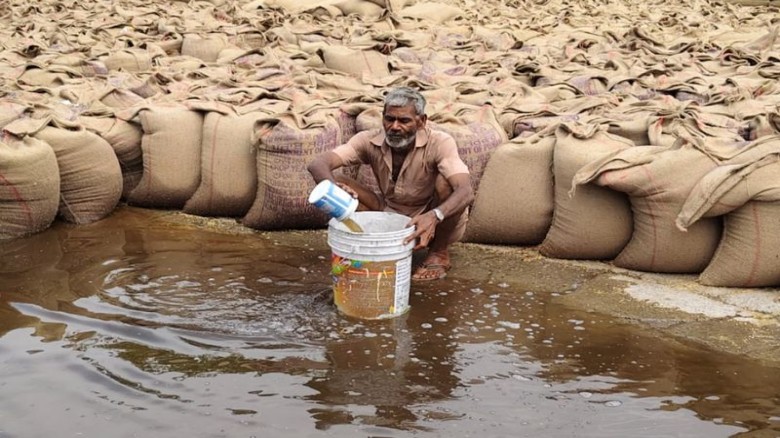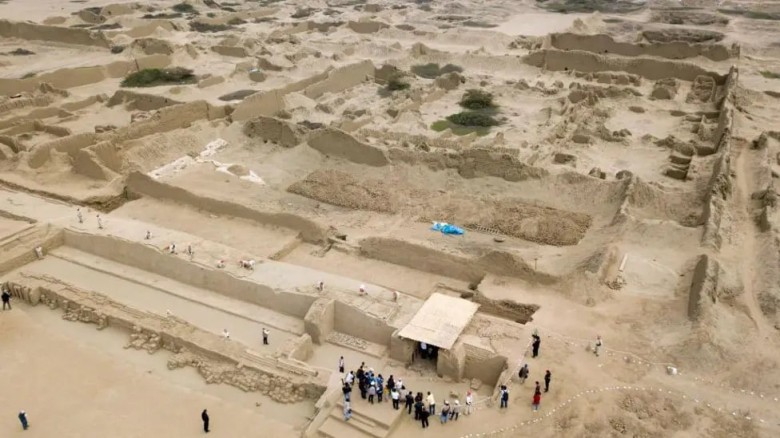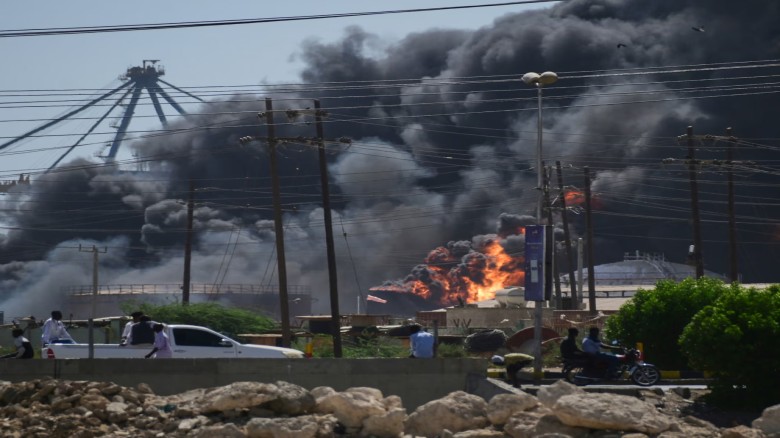Climate Alarm in Punjab: Over 500 Trees Uprooted by Storms, Forest Officials Call for Urgent Action
In what experts are calling an alarming sign of accelerating climate change, two intense thunderstorms within the past fortnight have uprooted or severely damaged more than 500 fully grown trees across several districts in Punjab, raising concerns over the increasing frequency of extreme weather events in the region.
Unprecedented Tree Loss Across Districts
According to the Punjab Forest Department, the storms caused significant damage across multiple districts:
-
Patiala: 90 trees lost
-
Sangrur: 85
-
Gurdaspur: 69
-
Amritsar: 63
-
Muktsar: 45
A total of 505 trees were destroyed—an impact forest officials say typically occurs only once in several years.
“This is not normal. Such large-scale destruction caused by high-velocity winds is extremely rare and points directly to the growing influence of climate change,” said a senior forest official.
Reforestation and Resilience Efforts Underway
Dharminder Sharma, Principal Chief Conservator of Forests, Punjab, emphasized the department’s commitment to reforestation.
“As per policy, divisional forest officers are already replacing the fallen trees with new saplings. Our staff is ensuring proper care so the new plantations thrive. Every tree plays a vital role in combating climate change, and we are promoting the planting of more trees across Punjab,” Sharma said.
He further stressed that increasing forest cover is essential to mitigate the impact of tree loss and to build climate resilience in the region.
Call for Scientific Research and Monitoring
Experts say Punjab, being adjacent to the hill state of Himachal Pradesh, is now more vulnerable to high-intensity Western Disturbances accompanied by strong winds and unseasonal rain.
A senior forest official stressed the urgent need for dedicated research to better understand the link between atmospheric storm conditions and forest mortality.
“This is a critical gap in climate and ecological models that needs to be addressed,” he said.
Echoing this concern, Jaskaran Sandhu, former member of the Punjab State Board for Wildlife, noted,
“Climate change is intensifying storm patterns and altering rainfall distribution. Disturbance events—like strong winds and pest outbreaks—are now becoming more frequent and severe. Future forest and ecosystem management must prioritise planning for such disturbances.”
Wider Impact on Infrastructure
The Punjab State Power Corporation Limited (PSPCL) reported damages worth ₹14 crore due to the storms, which toppled electric towers, damaged high-tension lines, and disrupted power grids. This highlights the broader infrastructure vulnerability to changing weather extremes.
Conclusion: A Climate Wake-Up Call for Punjab
The recent storms serve as a stark reminder that climate change is no longer a distant threat—it is here and now. As extreme weather becomes more frequent, Punjab’s natural and built environments are increasingly under strain.
The Forest Department’s response and call for reforestation and research are critical first steps. However, comprehensive climate adaptation strategies—including ecosystem monitoring, community awareness, and resilient infrastructure planning—must follow to safeguard Punjab’s ecological and economic future.








































































Leave A Comment